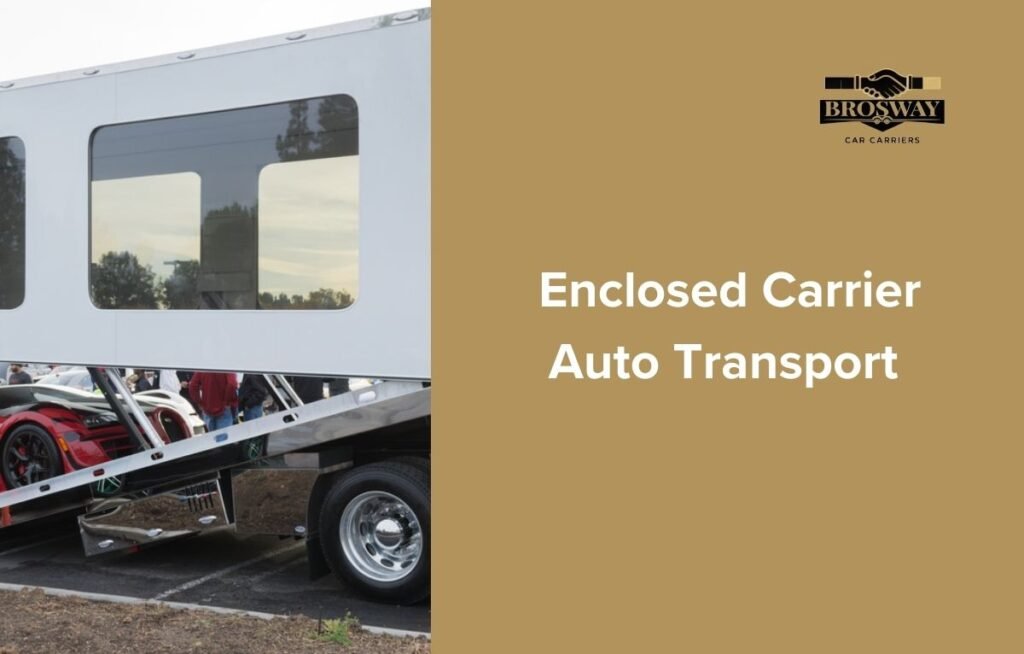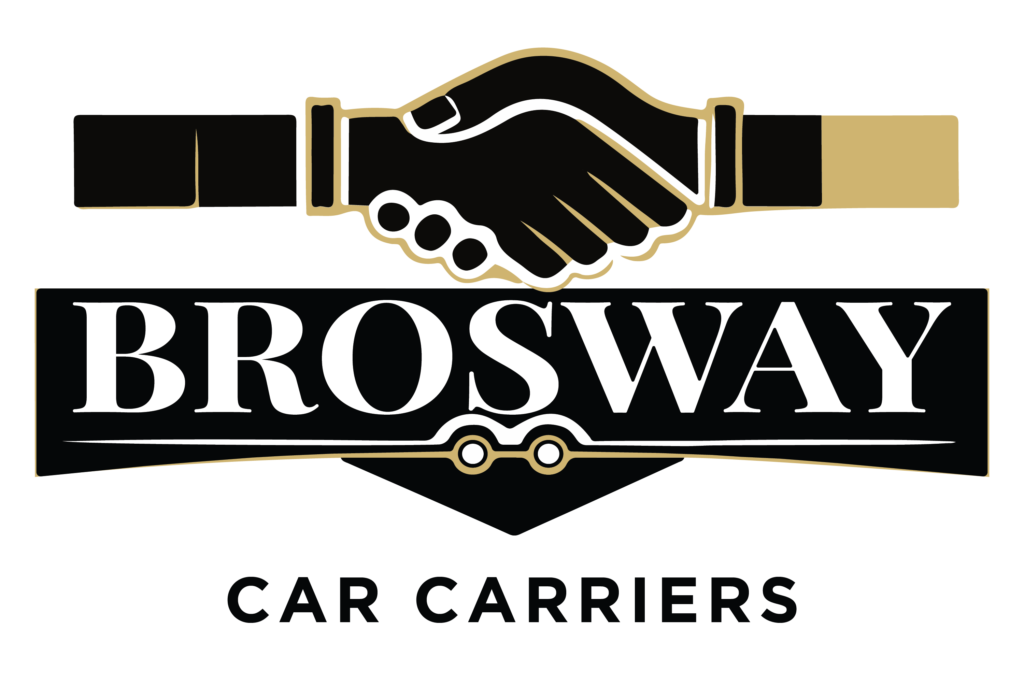
What is Enclosed Carrier Auto Transport?
Definition and Purpose
Types of Enclosed Carriers
There are two main types of enclosed carriers:
- Soft-sided carriers: These have a flexible, heavy-duty canvas cover that provides protection against weather and debris.
- Hard-sided carriers: These feature rigid walls made of metal or fiberglass, offering the highest level of protection.
Benefits of Enclosed Carrier Auto Transport
Enhanced Protection
One of the primary benefits of enclosed carrier auto transport is the enhanced protection it offers. By transporting your vehicle in an enclosed environment, you shield it from:
- Weather conditions: Protection from rain, snow, hail, and extreme temperatures.
- Road debris: Prevention of damage from rocks, dirt, and other road debris.
- Vandalism and theft: Reduced risk of theft or vandalism due to the enclosed and secure nature of the carrier.
Superior Security
Enclosed carriers provide superior security for your vehicle. Many enclosed transporters are equipped with advanced security features such as:
- Alarm systems: State-of-the-art alarm systems to deter theft.
- GPS tracking: Real-time tracking for monitoring the transport process.
- Locked trailers: Secure locking mechanisms to prevent unauthorized access.
Ideal for High-Value Vehicles
Enclosed carrier auto transport is especially beneficial for high-value vehicles, including classic cars, luxury vehicles, and exotic models. These vehicles require extra care and attention during transit, which enclosed carriers are designed to provide.
- Luxury cars: Ensures that high-end cars remain in pristine condition.
- Classic cars: Protects vintage and rare vehicles from potential damage.
- Exotic cars: Maintains the integrity of unique and valuable cars.
Comparing Enclosed vs. Open Auto Transport
Enclosed Auto Transport
- Cost: Generally more expensive due to the additional protection and security.
- Protection: Offers superior protection from weather, debris, and theft.
- Usage: Ideal for high-value, luxury, and classic cars.
Open Auto Transport
- Cost: More affordable option for standard vehicle transport.
- Protection: Vehicles are exposed to the elements and road debris.
- Usage: Suitable for everyday vehicles and short-distance transport.
How to Choose the Right Enclosed Carrier Service
Research and Reviews
Conduct thorough research and read customer reviews to find a reputable enclosed carrier service. Look for companies with positive feedback and a track record of reliable service.
- Online reviews: Check review platforms for customer feedback.
- Testimonials: Look for testimonials on the company’s website.
- Ratings: Consider the company’s ratings with organizations like the Better Business Bureau (BBB).
Check for Proper Licensing and Insurance
Ensure the transport company is properly licensed and insured. This guarantees that they meet industry standards and can legally and safely transport your vehicle.
- DOT registration: Verify the company is registered with the Department of Transportation.
- Insurance coverage: Confirm that they offer adequate insurance coverage for your vehicle.
Request a Detailed Quote
Obtain a detailed quote from potential transport companies. The quote should include all costs associated with the transport, including any additional fees.
- Comprehensive quote: Ensure all fees are clearly outlined.
- No hidden costs: Look for transparency in pricing.
Consider Experience and Expertise
Choose a transport company with experience in handling enclosed carrier auto transport, particularly for high-value vehicles. Experienced companies are more likely to handle your vehicle with the care it requires.
- Years in business: Consider the company’s history and experience.
- Specialization: Look for companies that specialize in enclosed transport.
Tips for Preparing Your Vehicle for Enclosed Transport
Clean Your Vehicle
Clean your vehicle thoroughly before transport. This makes it easier to inspect for any pre-existing damage and ensures that it arrives in pristine condition.
- Exterior wash: Remove dirt and debris.
- Interior cleaning: Clean the interior to prevent damage during transit.
Document the Condition
Take detailed photos of your vehicle from all angles before transport. Document any existing damage to ensure any new damage can be identified and claimed if necessary.
- Photo documentation: Capture high-resolution images.
- Inspection report: Create a detailed inspection report.
Secure Loose Parts
Remove or secure any loose parts or accessories on your vehicle to prevent damage during transit.
- Remove antennas: Take off removable antennas.
- Secure mirrors: Fold in side mirrors if possible.
